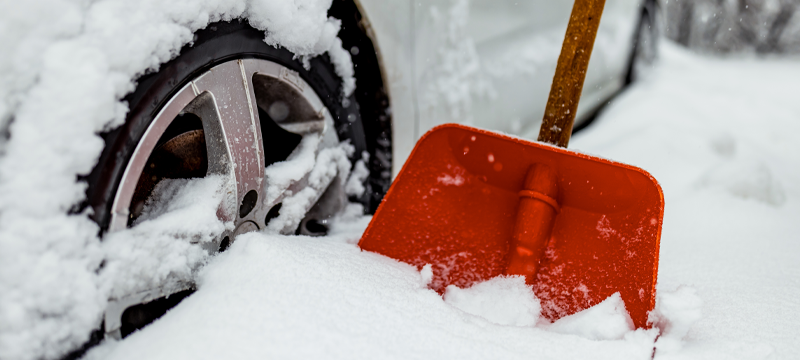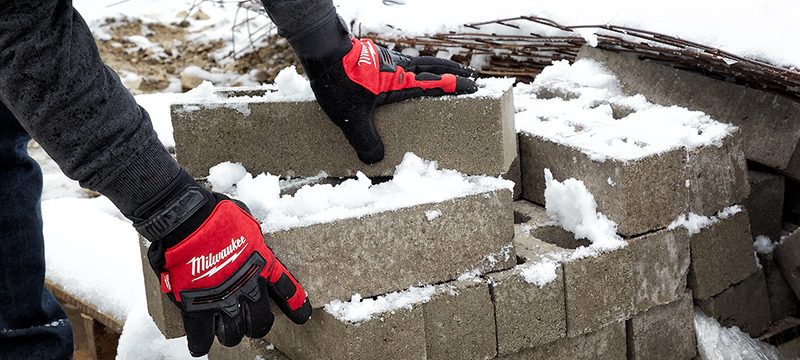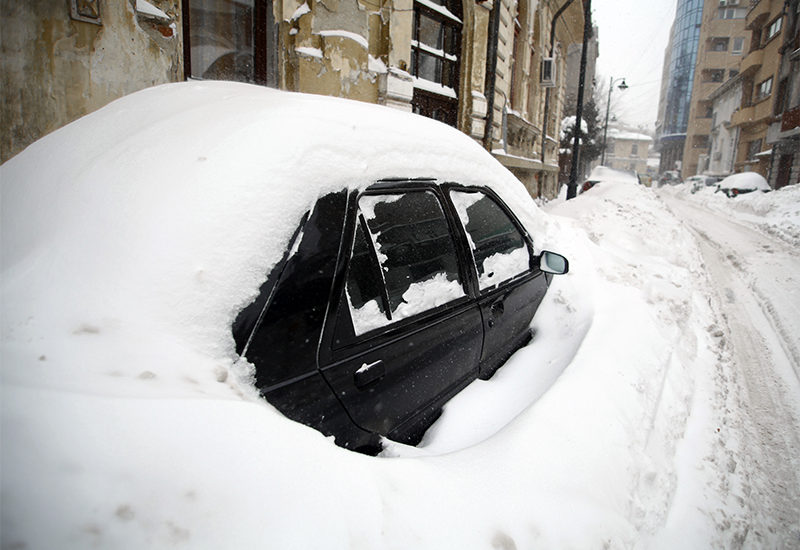Drivers face difficulties during winter because of icy roads, snowstorms, and freezing temperatures, thus making travel hazardous. A well-prepared winter car emergency kit helps ensure safety. Read on to find out what to put in a winter car emergency kit. You will also find safety tips for winter driving that can help you navigate icy roads safely. Find out how to prepare your car for winter by using the thorough winter safety checklist made available.
Winter Car Emergency Kit Essentials

When compiling your winter car emergency kit, it is crucial to include items that will keep you warm, safe, and visible and help get your vehicle back on the road if you encounter a problem. Here are some must-have tools and supplies:
Emergency Tools

- Jumper Cables: Cold weather can be harsh on batteries. Keep jumper cables in your trunk to help restart your vehicle or assist another stranded motorist.
- Tow Strap: If your car gets stuck in the snow or ice, a sturdy tow strap can help you or someone else safely tow it.
- Ice Scraper and Snow Brush: Clear ice and snow from your windshield, windows, and lights before driving to ensure maximum visibility.
- Shovel: A small, collapsible shovel can help dig out your car if stuck in deep snow.
- Tire Chains/Traction Mats: These can provide additional traction to navigate icy roads or help you get unstuck.
- Flashlight with Extra Batteries: Inclement weather can lead to power outages and decreased visibility. A flashlight is essential in emergencies.
- Multi-tool: A versatile tool that combines several functions, such as pliers, screwdrivers, and a knife, can be incredibly useful for minor repairs.
Safety Gear

- Reflective Triangles/Flares: If stranded on the roadside, use reflective triangles or flares to make your vehicle more visible to other drivers.
- First Aid Kit: Include bandages, antiseptic wipes, pain relievers, and personal medications.
- Blankets: Wool or thermal blankets will help keep you warm while waiting for help. Emergency Mylar blankets are an excellent compact option.
- Winter Clothing: Pack extra warm clothes, including gloves, hats, and socks, to protect yourself from the cold.
- Hand Warmers: These provide portable heat to prevent frostbite in extreme conditions.
- Non-perishable Food and Water: Granola bars, nuts and bottled water provide sustenance if you become stranded for an extended period.
Communication and Navigation

- Cell Phone Charger: Ensure you have a car charger or a portable power bank to charge your phone for emergencies.
- Emergency Radio: A battery-powered or hand-crank emergency radio can keep you informed of weather updates and emergency broadcasts.
- Paper Maps: GPS is beneficial, but winter storms can disrupt satellite signals. Paper maps serve as a reliable backup for navigation.
How to Prepare Your Car for Winter
Besides having a well-stocked emergency kit, preparing your car for winter involves several maintenance and preparation steps to ensure it can handle the harsh conditions. Here are some essential tips:
- Check Your Tires: Ensure your tires have adequate tread and are properly inflated. Consider switching to winter tires for better traction on snow and ice.
- Inspect Your Battery: Cold weather can reduce battery efficiency. Have your battery tested and keep it in good condition.
- Maintain Fluids: Ensure your vehicle’s antifreeze, windshield washer fluid, oil, and other essential fluids are topped up and suitable for winter temperatures.
- Test Your Brakes: Good brakes are essential for safe driving on icy roads. Have your brake system inspected and serviced if necessary.
- Replace Wiper Blades: Wiper blades should be in good condition to clear snow and ice effectively. Use cold-weather washer fluid to prevent freezing.
- Prepare Your Heater and Defroster: Ensure your vehicle’s heating system and defroster work correctly to maintain visibility and comfort.
Winter Driving Safety Tips
Driving on icy roads requires additional caution and adjustments to your usual driving habits. Here are some essential icy road driving tips:
- Slow Down: Reduce your speed and maintain a greater distance between you and the vehicle in front of you. Stopping distances increase significantly on icy roads.
- Avoid Sudden Movements: Sudden braking, accelerating, or sharp turns can cause your vehicle to lose traction. Make slow, deliberate movements.
- Use Low Beams: Use your low-beam headlights to improve visibility and reduce glare in snowy or foggy conditions.
- Steer into Skids: If your vehicle begins to skid, steer in the direction you want to go rather than against the skid to regain control.
- Stay Alert: Look for black ice, a thin, transparent layer of ice on the road surface. Drivers often find black ice in shaded areas, bridges, and overpasses.
- Avoid Cruise Control: Cruise control can be dangerous on icy roads. It may cause your wheels to spin out when they lose traction.
To ensure you are prepared for winter driving, follow this winter car safety checklist:
- Inspect and replace tires if necessary (consider winter tires)
- Test and charge the vehicle battery
- Check all fluid levels and top up as needed
- Inspect and service brakes
- Replace the wiper blades and fill the washer fluid
- Test the heater and defroster
- Stock your winter car emergency kit with all essential items listed above
Following these tips and preparing your vehicle can enhance your safety and confidence while driving during the winter. With a well-stocked winter car emergency kit and a prepared vehicle, you can handle the challenges of winter driving and keep yourself and your passengers safe on the road. Stay safe, and drive carefully!
Remember, following these recommendations—especially from a reliable source like ACME Tools—ensures you’re well-equipped for the winter months ahead.




